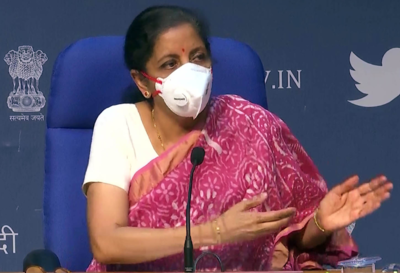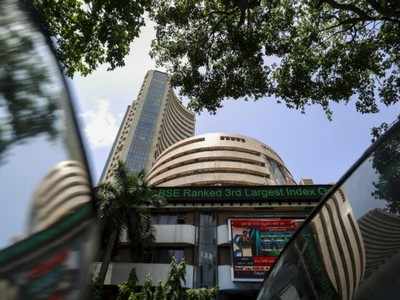HOUSTON — Chesapeake Energy, a pioneer in extracting natural gas from shale rock across the country, filed for bankruptcy protection on Sunday, unable to overcome a mountain of debt that became unsustainable after a decade of stubbornly low gas prices.
The company helped convert the United States from a natural gas importer into a major exporter under the swashbuckling leadership of Aubrey McClendon, a company co-founder and former chief executive.
But Mr. McClendon overextended the company and amassed over $20 billion in debt before he was forced out in 2013, and the company, based in Oklahoma City, never fully recovered.
Chesapeake Energy lost $8.3 billion in the first quarter of this year, and had just $82 million in cash at the end of March. With $9.5 billion in debt at the end of last year, it has bond payments of $192 million due in August.
In a statement, Chesapeake said it was filing for Chapter 11 protection to facilitate a complete restructuring. As part of its agreement with lenders, the company said it had secured $925 million in financing under a revolving credit facility, and eliminated roughly $7 billion of debt. It also secured a $600 million future commitment of new equity.
“We are fundamentally resetting Chesapeake’s capital structure and business to address our legacy financial weaknesses,” said Doug Lawler, Chesapeake’s president and chief executive. “Chesapeake will be uniquely positioned to emerge from the Chapter 11 process as a stronger and more competitive enterprise.”
Chesapeake has 1,900 employees.
It is the latest heavily indebted oil and gas business to seek bankruptcy protection since the coronavirus pandemic crippled demand for energy.
Under its former chief executive Mr. McClendon, the company drilled across Texas, Oklahoma, Ohio, Wyoming and Louisiana. Mr. McClendon was audacious as he aggressively outbid competitors on land leases and explored widely in the early 2000s, although he also drilled many wells that disappointed investors. By 2011, he and others who followed in his footsteps had produced a glut of natural gas that sent Chesapeake and other companies to the brink of collapse.
To find a use for all that natural gas, Mr. McClendon went on a campaign to promote compressed natural gas vehicles, but the effort went nowhere. He tried to make alliances with environmentalists, arguing that gas could replace coal and be a bridge fuel to a cleaner energy future.
Before his ouster in 2013, Mr. McClendon built a luxurious campus for the company in Oklahoma City, complete with a community garden, deluxe dining facilities and two parking garages that alone cost $100 million to build.
He acquired trophy assets like the Oklahoma City Thunder basketball team, interests in a French winery and a $12 million antique map collection. The basketball team still plays in Chesapeake Energy Arena, which was a symbol of Oklahoma City’s revival as a gas hub.
From 2010 to 2013, the company spent approximately $30 billion more on leasing and drilling than it made from its production.
Mr. McClendon was also known to cut corners, which got him and his company in trouble. Chesapeake executives complained of a lack of a formal budgeting process or employee performance management system. The company borrowed money to fund charities and real estate projects.
Mr. McClendon was charged in 2016 with conspiring to suppress prices for oil and natural gas leases. The indictment said he had orchestrated a conspiracy in which two oil and gas companies colluded not to bid against each other for several leases in northwestern Oklahoma from late 2007 to early 2012.
A day after the indictment, Mr. McClendon, at age 56, died in a crash in Oklahoma City after his car hit a bridge at high speed. On news of Mr. McClendon’s death, the oil tycoon T. Boone Pickens, who died in 2019, said, “No individual is without flaws, but his impact on American energy will be long lasting.”
When Mr. Lawler, a veteran Anadarko executive, took over the company in 2013 he called his new job “the biggest challenge in the entire industry.”
Mr. Lawler had been trying to turn around the company by producing more oil and selling gas assets. But the shale drilling boom of recent years has unleashed more crude oil than the world needs, sending prices lower. The coronavirus pandemic and a decision by Saudi Arabia and Russia this year to ramp up production were the latest blows.
Meanwhile the economic downturn has cut demand for natural gas in the United States, and slashed exports to foreign markets.
There had been rumors of a bankruptcy for months. Roughly 20 American oil and gas producers have already filed for bankruptcy this year, including Ultra Petroleum and Whiting Petroleum. A total of 227 producers have filed for bankruptcy in the five years that ended May 31, involving more than $134 billion in aggregate debt, according to the Haynes and Boone Oil Patch Bankruptcy Monitor.
Source link


